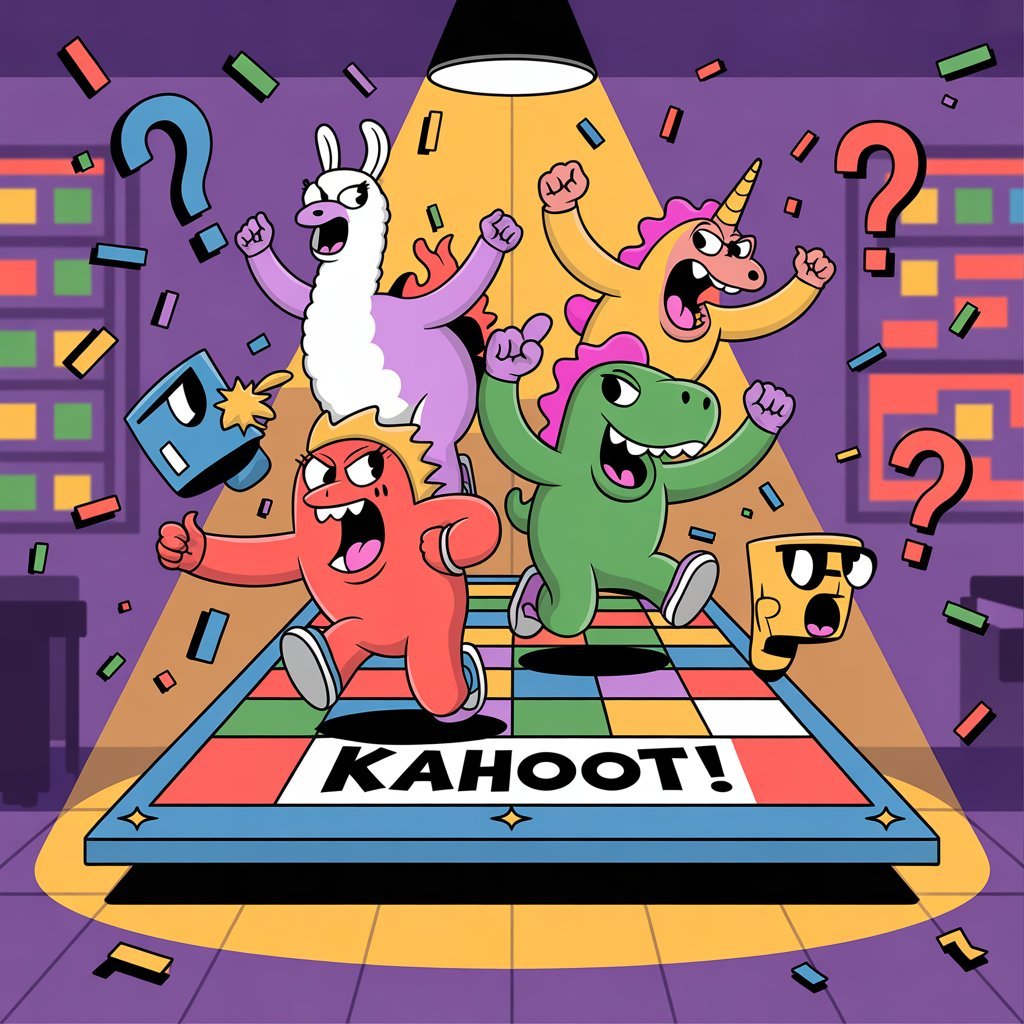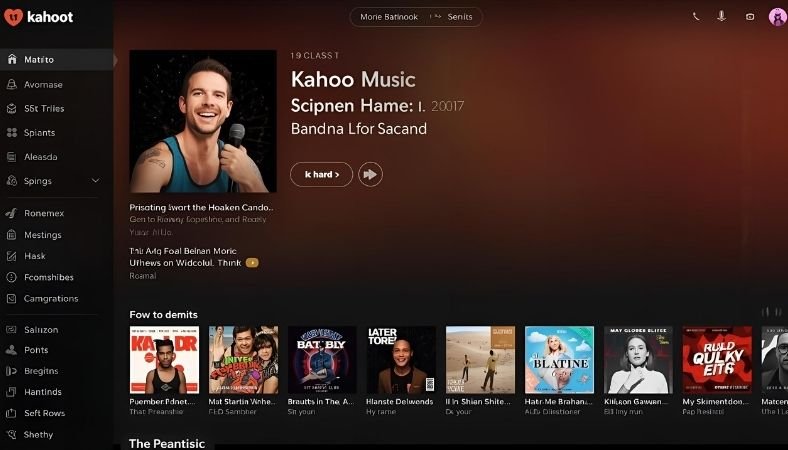Modern classrooms need more than just textbooks—they need engagement. And one of the most exciting tools for boosting interaction is Kahoot! Whether you’re a teacher, student, or even a parent, Kahoot brings fun and learning together dynamically. In this blog, we’ll explore everything from the method to join kahoot game, to why it works so well in educational settings. Let’s dive in!

What Is Kahoot? A Brief Introduction
Kahoot is a game-based learning platform that allows teachers to create quizzes, discussions, and surveys that students can participate in live. The key element is gamification—it turns learning into a competition where students earn points and see their rankings in real-time.
The platform is accessible via computer, smartphone, or tablet, making it easy to use in any classroom setting. With over a billion users worldwide, Kahoot has proven to be a powerful tool for teachers aiming to make education interactive, practical, and most importantly, fun!
Why Use Kahoot in the Classroom?
Using Kahoot helps bridge the gap between digital entertainment and traditional education. It encourages active participation, especially from students who may otherwise be shy or disengaged. It also improves retention, as gamified experiences are more likely to be remembered than standard lectures.
Additionally, teachers can use Kahoot to assess student understanding in real-time, adapting lessons on the fly based on performance. Kahoot also supports collaborative learning, as students often work together or in teams, fostering both competition and cooperation. All this makes Kahoot a powerful addition to any teaching toolkit.
How to Join a Kahoot Game: Step-by-Step
Kahoot join game is user-friendly and straightforward. First, the teacher creates or launches a Kahoot quiz and shares a Game PIN with the class. Students then go to Kahoot. They can use any browser or open the Kahoot app. They enter the Game PIN, choose a nickname, and click “Join.”
Once everyone is in, the teacher starts the game, and questions appear on a shared screen. Students use their devices to select answers. It’s fast-paced, colourful, and exciting—perfect for maintaining energy in the classroom.
Tips to Maximize Engagement During Kahoot Games
To get the most out of Kahoot, consider a few engagement-boosting strategies. Start by customizing the game with images, music, or inside jokes relevant to your students. Use timers to add urgency, but allow enough time for thoughtful answers. Encourage friendly competition by showing leaderboards between questions.
You can even give small rewards or recognition to top performers. Most importantly, create a safe and supportive environment where students feel comfortable participating, regardless of their performance. This ensures everyone stays involved and has fun learning.

Using Kahoot for Different Subjects
Kahoot is not just for trivia or fun quizzes—it’s a versatile tool for every subject. In math, you can design quizzes for quick calculation drills or problem-solving. In science, test students on concepts or lab safety. Language teachers use Kahoot for vocabulary, grammar, and reading comprehension.
Even in history or social studies, it can make dates and events more memorable. With templates and question banks, you don’t need to build everything from scratch. This flexibility makes Kahoot an all-in-one solution for dynamic, subject-specific engagement.
Kahoot in Hybrid and Remote Learning
Kahoot is a lifesaver in hybrid or remote teaching environments. Teachers can host live games over Zoom, Microsoft Teams, or Google Meet, allowing students to join from home. The platform also offers asynchronous challenges, where students complete quizzes at their own pace. This means learning doesn’t stop outside the classroom.
It also keeps remote students connected to the classroom community, reducing feelings of isolation. Whether you’re in-person or online, Kahoot ensures that learning remains interactive and collaborative across all formats.
Customizing Kahoots to Fit Your Teaching Style
Every educator is different, and Kahoot free trial adapts beautifully to that diversity. You can start with pre-made quizzes or create your own from scratch. Include multiple-choice questions, true/false, puzzles, and polls.
Use the “Question Bank” to find verified content or add images and videos to make your quiz more engaging. You can even use Kahoot for lesson reviews, quick checks for understanding, or end-of-term assessments. This customization empowers teachers to tailor every Kahoot session to match their goals, themes, and teaching methods.
Analyzing Student Performance with Kahoot Reports
One of the most underrated features of Kahoot is its performance reports. After a game ends, teachers can download detailed insights into student responses. These analytics show which questions were answered correctly or incorrectly and by whom. This helps identify knowledge gaps and informs future lesson planning.
It’s also an excellent tool for parent-teacher conferences or documenting student progress. With these reports, Kahoot goes beyond fun—it becomes a serious instrument for data-driven teaching.
Conclusion
Kahoot log in is more than a classroom gimmick—it’s a revolution in how students learn and interact. It transforms passive lectures into thrilling, collaborative experiences that spark curiosity and competition. From simple quizzes to full-class reviews, Kahoot makes lessons memorable, engaging, and educational. By making learning feel like play, you’re not only improving attention and retention—you’re creating a classroom your students genuinely look forward to. So go ahead—join a Kahoot game and watch your classroom come alive!
FAQs: All About Using Kahoot in the Classroom
1. Is Kahoot free to use?
Yes! Kahoot offers a free version with plenty of features, including quiz creation and live games. Premium plans provide more advanced analytics and customization.
2. Can students create their own Kahoots?
Absolutely. With a Kahoot account, students can make their quizzes, which is a great way to reinforce learning by teaching others.
3. How many players can join a Kahoot game?
Free accounts support up to 50 players, while premium plans allow hundreds, depending on your subscription level.
4. Is Kahoot safe for students?
Yes, Kahoot follows strict privacy and safety guidelines. Teachers control the game settings, and students don’t need to provide personal information.
5. Can Kahoot be used without the internet?
Not for live games, but teachers can assign asynchronous challenges in advance. These still require internet access to start and complete.
6. How do I find ready-made Kahoots?
Use the search feature on the Kahoot platform to find public quizzes by topic, grade level, or subject. Verified educators create many.



